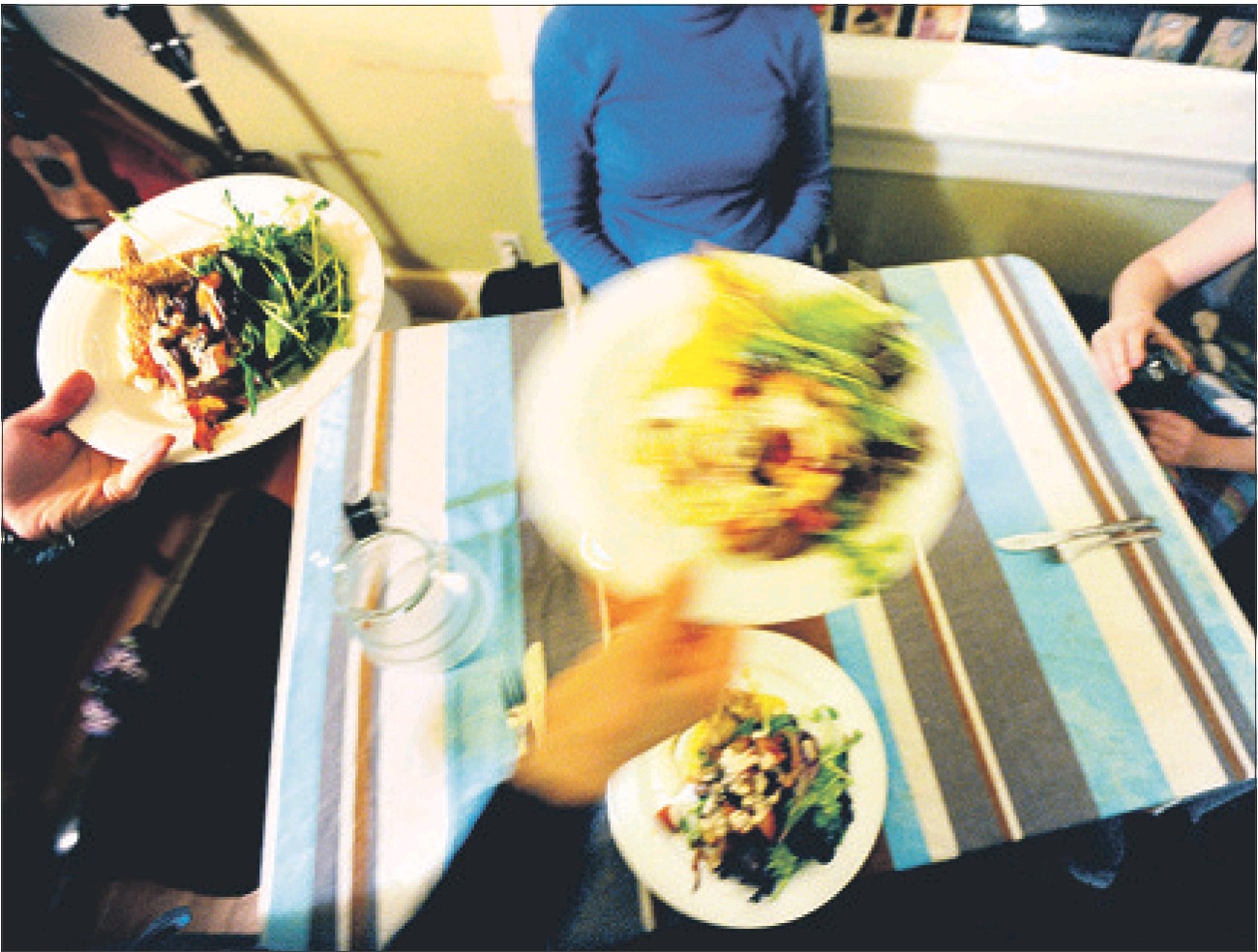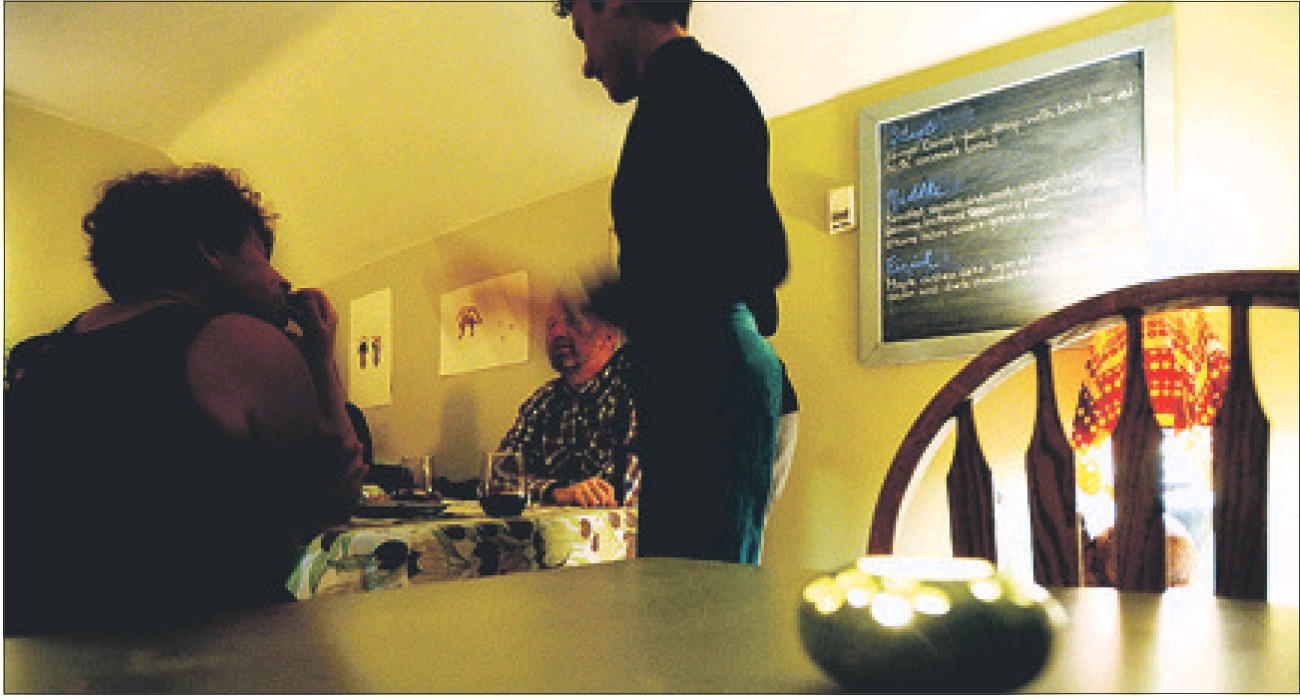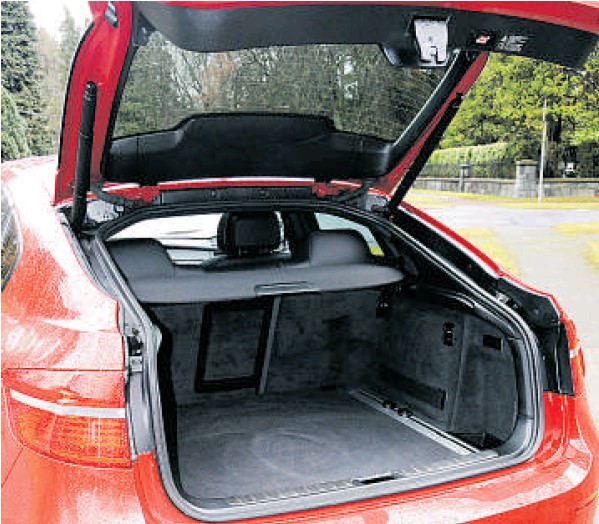There is no ‘stew on a plate’ at this underground eatery, and everything is done with flair
Mia Stainsby
Sun

Says Anderson: ‘It’s about cooking for people I’m letting into my home.’ — RIC ERNST / PNG



A server takes an order at an underground supper in Vancouver.
Next up in the underground dining scene? Specialty cuisines — like the one you’ll get at the one-year-old Secret Supper in east Vancouver. In this case, it’s vegan food.
The 25-year-old hostess, who wishes only to be identified as Anderson (her surname, because her first name is a bit unique), spends two or three days preparing vegan meals every Sunday for about 20 guests. They pay $20 for three courses.
Now a newcomer to veganism might think that’s not such a good deal for a bunch of vegetables but Anderson isn’t about tofu and tempeh cooked 25 different ways. “It’s not stew on a plate,” she says. “It’s all upper-scale.”
Her food changes every week and she never cooks the same dish twice. That’s partly because guests benefit from another project she has on the go -a vegan cookbook. Anderson, a self-taught cook, is creating new dishes for the book she plans to publish. It’ll be called Sunday Supper, she says. She refuses to use vegan cookbooks herself, calling it “cheating” and she’s a slow food devotee, shopping for organic and sustainable ingredients.
A recent menu featured carrot yam ginger soup with coconut bread; battered rosemary and sage polenta with roasted root vegetables and creamy tahini sauce; maple cashew cake layered with banana cream and dark chocolate truffle icing.
Past menus have included pizza (on olive crust); mushroom, walnut and lentil tourtiere; pear and roasted fennel salad with roasted pine nuts; chocolate mousse with warm pear ginger compote. Her creme brulees are a big hit, the maple lime creme brule, especially so. Sweet potato and coconut milk stand in for eggs and cream.
She operates out of her East Vancouver attic apartment in an old house. The kitchen’s no bigger than a walk-in closet and a cook can either have a tantrum or become hyper-organized. She chose the latter. Guests, she says, aren’t necessarily vegan or even vegetarian. Most are connected to the art and music scene and find her through word of mouth.
“Less than half the people who come are vegan. It’s not the point. This isn’t a scary thing. It’s good food,” says Anderson, who earlier in her young life, was a fashion designer and ran an art venue.
Anderson, who eventually wants to open a real restaurant, that is, a legal one, says right now, it’s about enjoying cooking for an intimate gathering. “Mostly, it’s about who’s coming into my house and less about who’s going to shut me down. It’s about cooking for people who I’m letting into my home. That’s the most important thing to me.”
© Copyright (c) The Vancouver Sun













